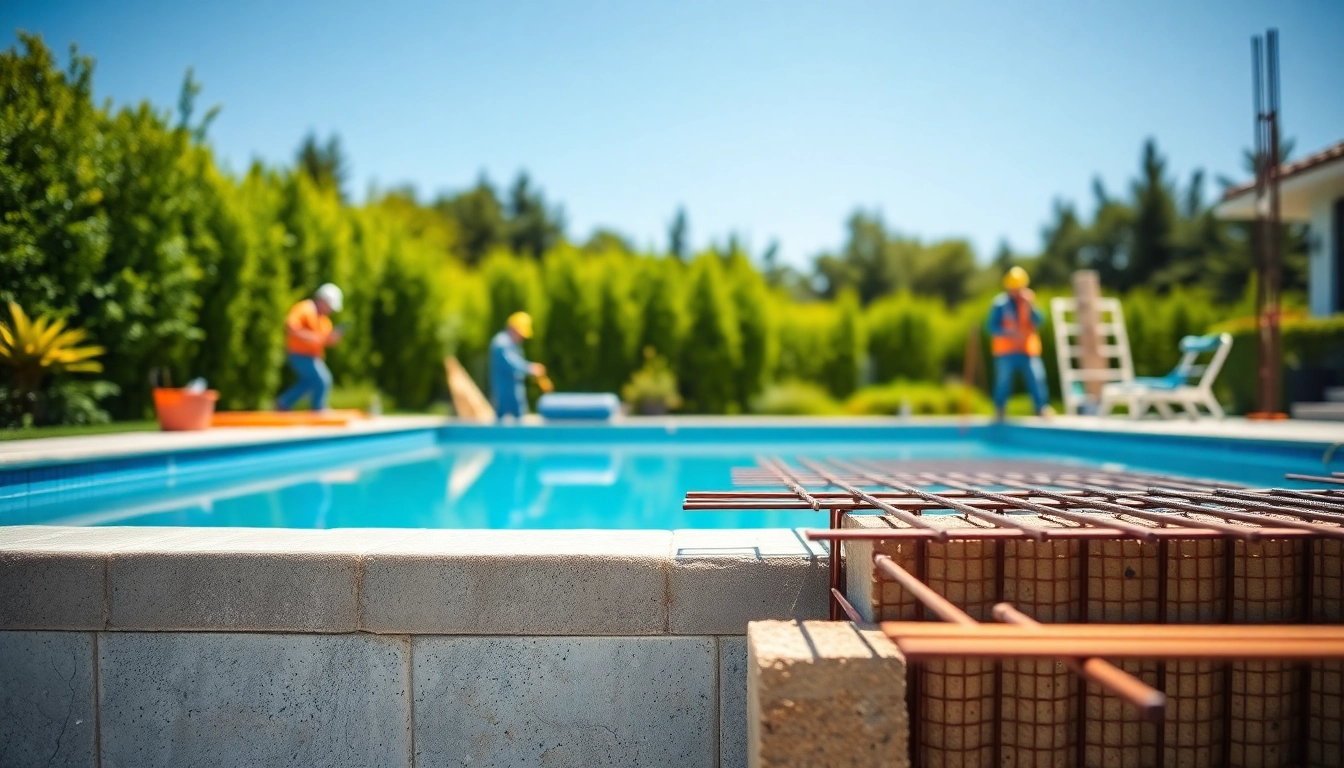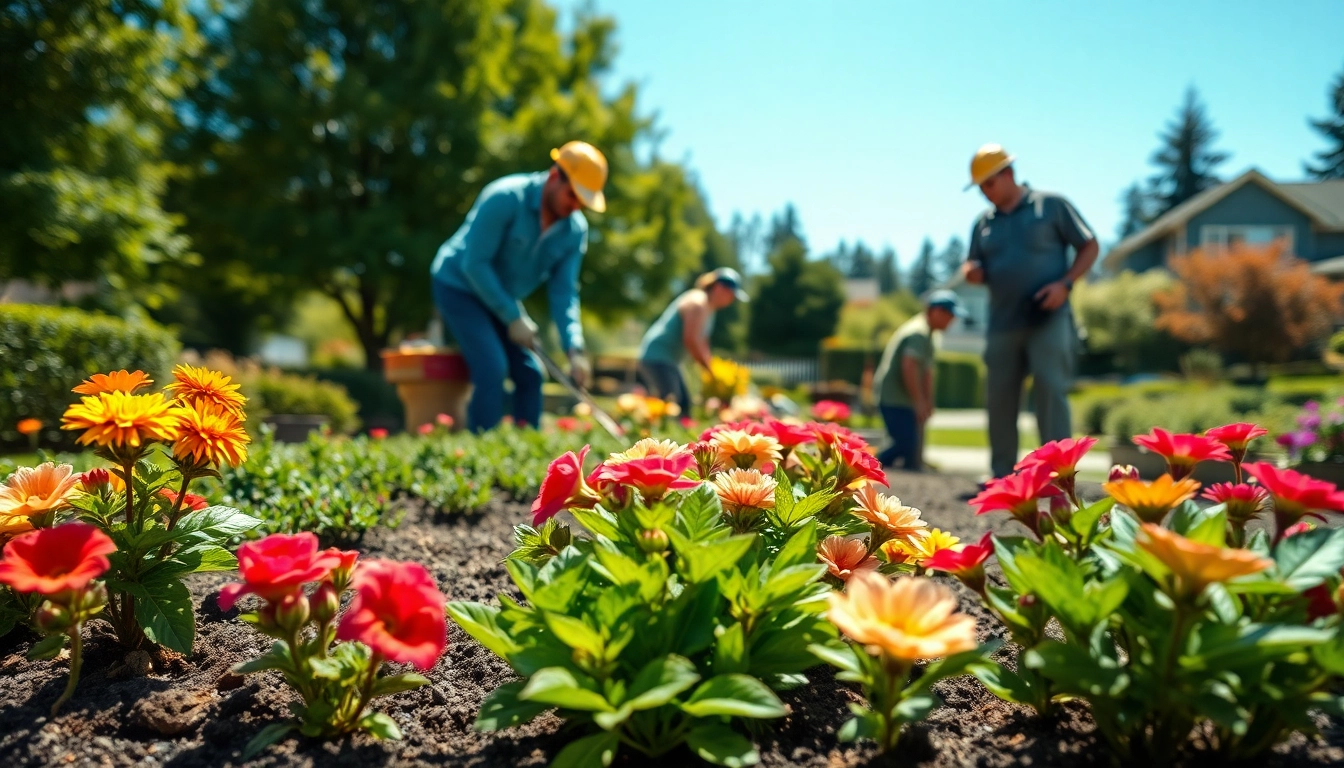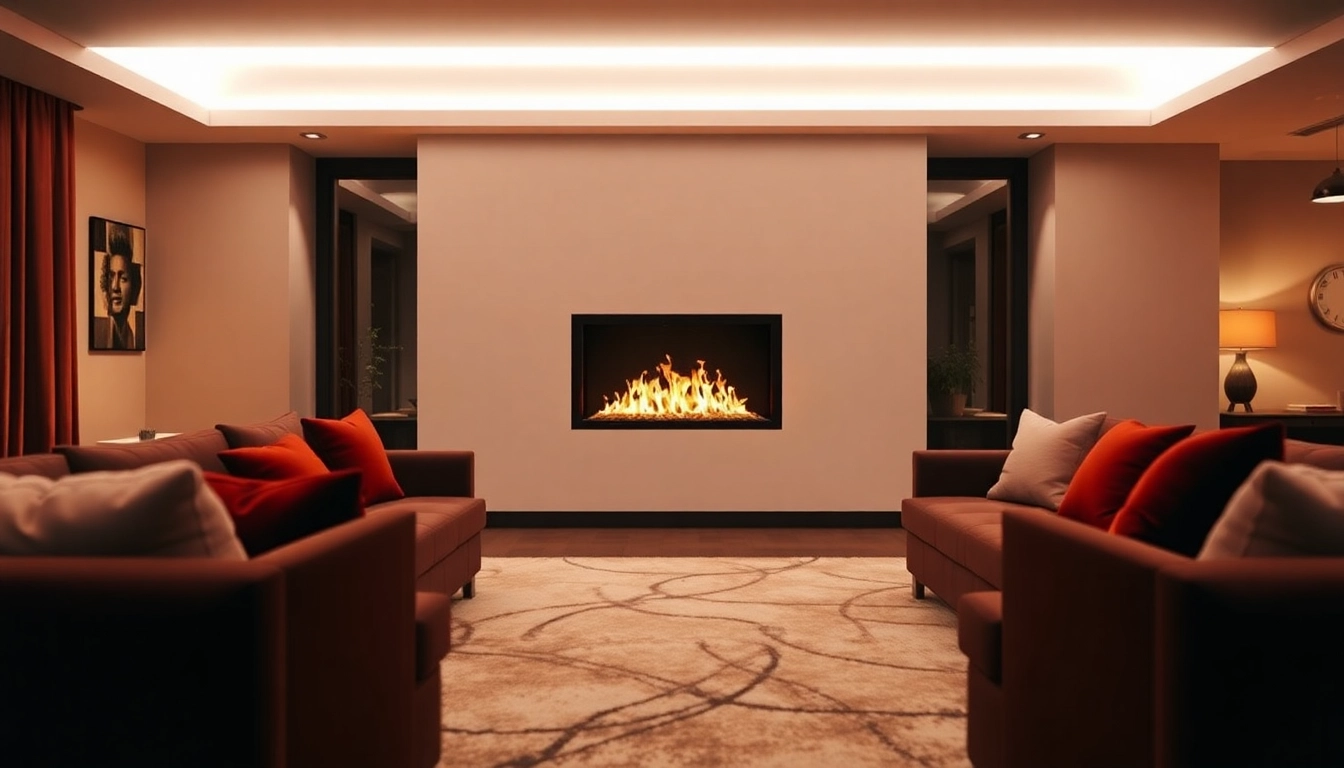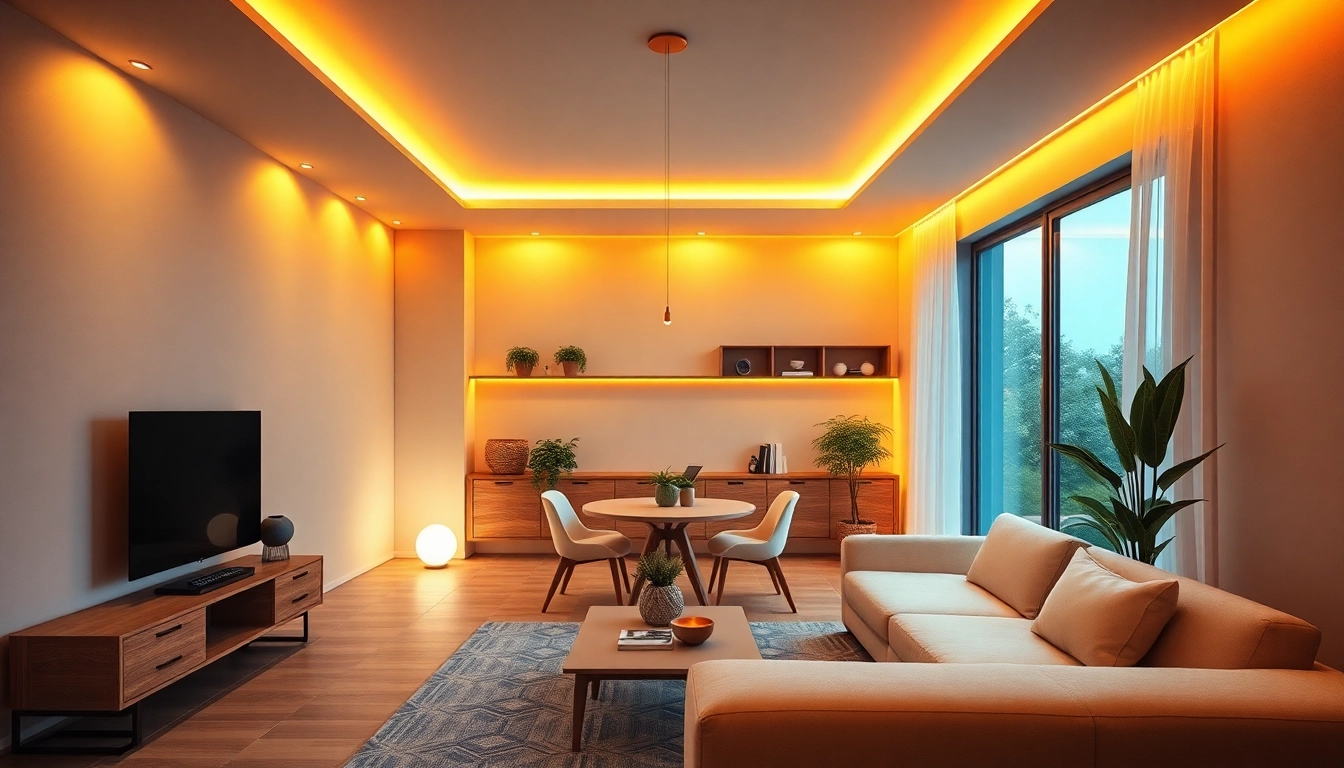Understanding Pool Construction Basics
What is Pool Construction?
Pool construction involves the planning, designing, and physical building of swimming pools. The process can vary widely depending on the type of pool being built (inground, above ground, etc.), the materials used, and the specific requirements of the homeowner or project owner. From conceptualization to execution, understanding every phase is crucial for ensuring a successful build. Homeowners may want to research pool construction techniques, materials, and costs to make informed decisions throughout their project.
Types of Pools: Inground vs. Above Ground
When considering pool construction, homeowners often choose between inground and above-ground pools. Inground pools are permanently installed into the ground and are typically more customizable than their above-ground counterparts. They can be constructed using various materials such as concrete, vinyl, or fiberglass. In contrast, above-ground pools are usually less expensive and can be assembled and disassembled easily, making them ideal for temporary use.
Key Materials Used in Pool Construction
The choice of materials will significantly influence the pool’s durability, aesthetic appeal, and maintenance needs. Common materials include:
- Concrete: Extremely durable and customizable, ideal for complex designs.
- Fiberglass: Pre-formed and quick to install, with a smooth surface that requires less maintenance.
- Vinyl Liner: Cost-effective and versatile, but the liners may need replacement every few years.
The Step-by-Step Pool Construction Process
Designing Your Dream Pool
The design phase is critical in ensuring the pool meets the owner’s needs and desires. This normally involves consultations with pool designers who can help visualize the project through 3D renders. They will consider factors like site layout, pool size, shape, and features such as lighting, waterfalls, and spas.
Excavation and Site Preparation
Once the design is finalized, the construction phase begins with excavation. This involves digging out the area where the pool will be placed, followed by site preparation to ensure proper drainage and soil stability. It’s essential to have accurate measurements for a successful build.
Installation of Pool Framework and Features
With the excavation complete, the next steps involve laying out the structural framework. This includes pouring concrete for inground pools, or assembling panels for above-ground ones. Additionally, plumbing and electrical installations are essential at this stage for lighting, heating, and pool filtration systems. Once the framework is set, the surface finishes like tile work, coping, and decking are applied, completing the pool’s appearance.
Budgeting for Pool Construction
Average Costs of Building a Pool
The average cost of pool construction can vary widely. Basic above-ground pools may start as low as $2,000, while inground pools can cost significantly more, typically ranging between $20,000 and $100,000 or beyond, depending on complexity and features. For example, according to a recent estimate, custom inground pools can range from $50,000 to $150,000, depending on the region and specific requirements of the project.
Factors Influencing Pool Construction Costs
Several factors can influence the overall cost of pool construction:
- Site Conditions: Unique terrain or soil issues can increase excavation costs.
- Design Complexity: More intricate designs will typically require more labor and materials.
- Material Choices: Selecting higher-end materials will lead to higher overall costs.
Financing Options for Pool Projects
Many homeowners may consider financing options for pool construction to manage costs effectively. These can include personal loans, home equity lines of credit, or specialized pool financing loans that allow for affordable monthly payments. It’s essential to do thorough research and consult financial advisors to determine the best option based on individual circumstances.
Maintenance Post Pool Construction
Essential Pool Maintenance Tips
After the pool construction is complete, regular maintenance is crucial for keeping the pool safe and clean. Essential maintenance tips include:
- Regularly checking and balancing water chemistry.
- Cleaning filters and skimmers to ensure proper circulation.
- Vacuuming the pool to remove debris and dirt accumulation.
Common Pool Problems and Solutions
Like any structure, pools can encounter issues over time. Common problems include:
- Leakage: This can occur due to cracks or fittings. Detection and repair should be handled promptly.
- Cloudy water: Often a result of poor filtration, related to balanced water chemistry that needs addressing.
Addressing these issues promptly helps in maintaining the pool’s aesthetic and functional value.
Seasonal Maintenance Checklist
Seasonal maintenance is particularly important to prepare the pool for use or for winterization. A checklist might include:
- Cleaning the pool cover and removing debris.
- Winterizing pumps and filters before colder weather.
- Checking pool equipment functionality before re-opening.
Choosing the Right Pool Contractor
What to Look for in a Pool Builder
Selecting a qualified pool contractor is vital for ensuring a quality build. Key factors to evaluate include:
- Experience in the industry and specific project types.
- Licensing and insurance coverage to protect the homeowner.
- A portfolio of previous projects that showcase the quality of their work.
Questions to Ask Before Hiring
Before signing a contract with a pool builder, homeowners should inquire about:
- The estimated timeline for completion.
- Warranties on both the construction and any materials used.
- How they handle unexpected changes or costs during construction.
Reading Reviews and Checking References
Reviews and references are invaluable when vetting potential pool contractors. Homeowners should seek out independent reviews online, as well as direct recommendations from friends or family. Talking to former clients can provide insights into reliability, quality of work, and customer service.



